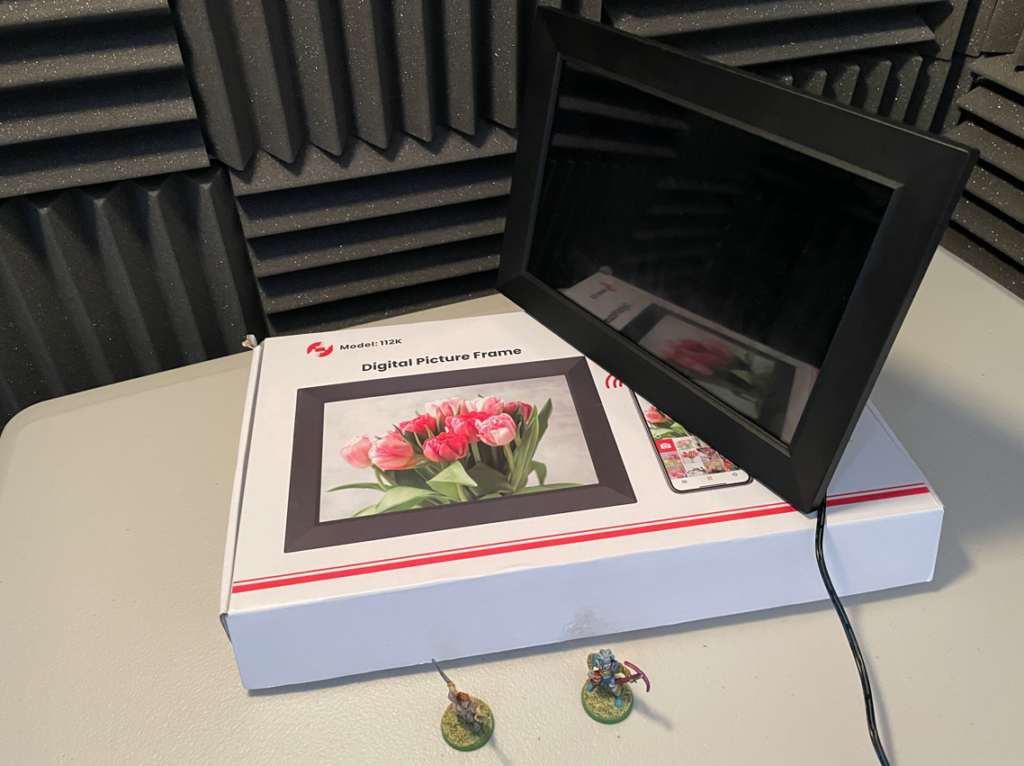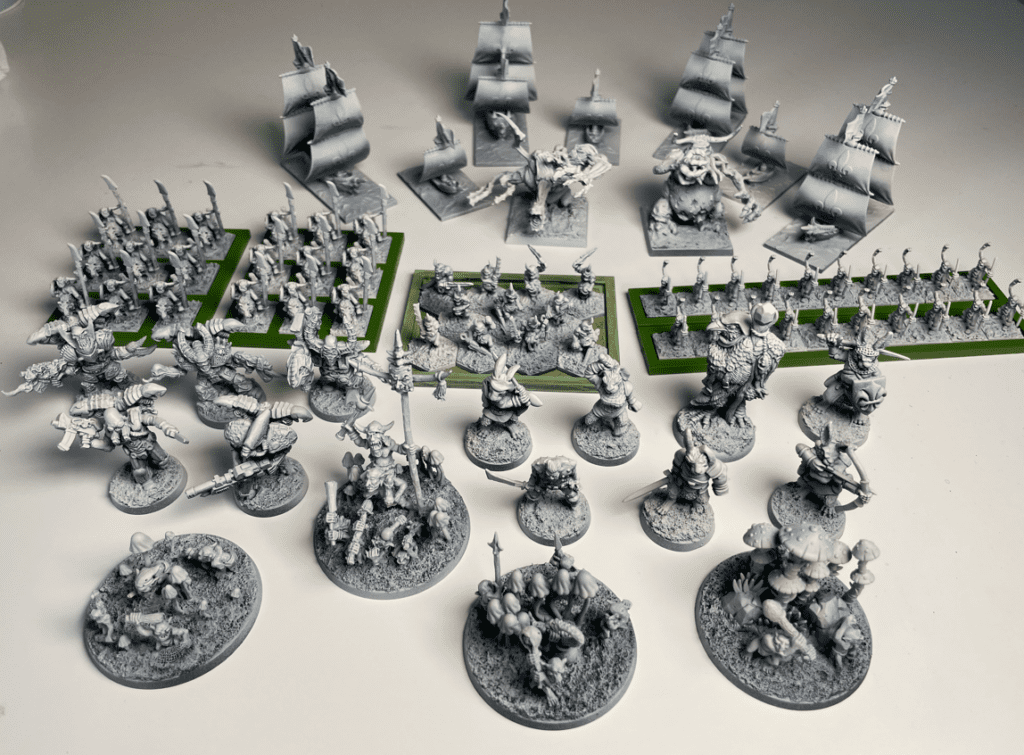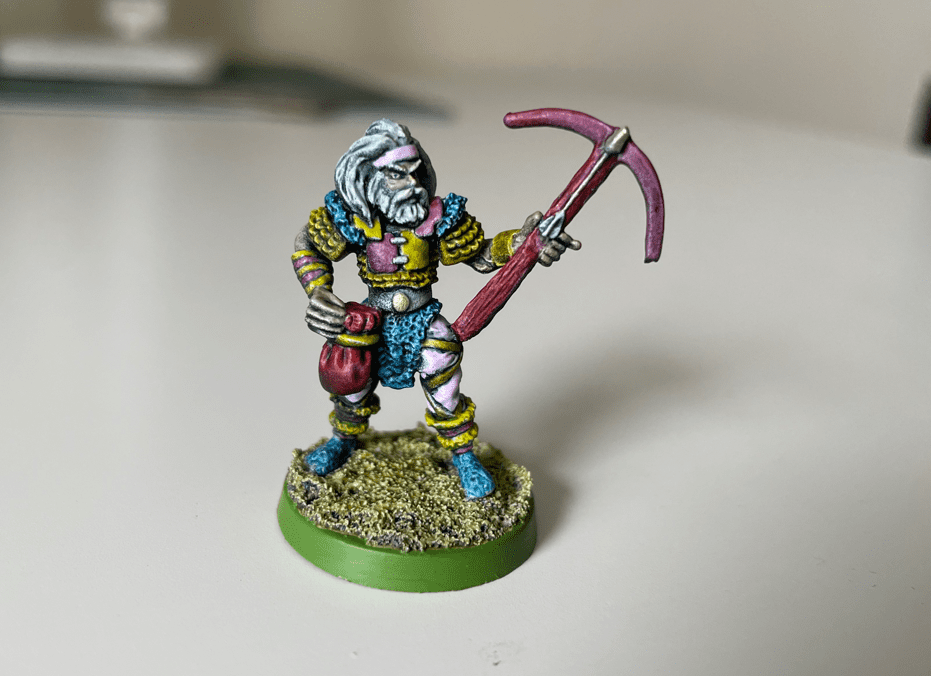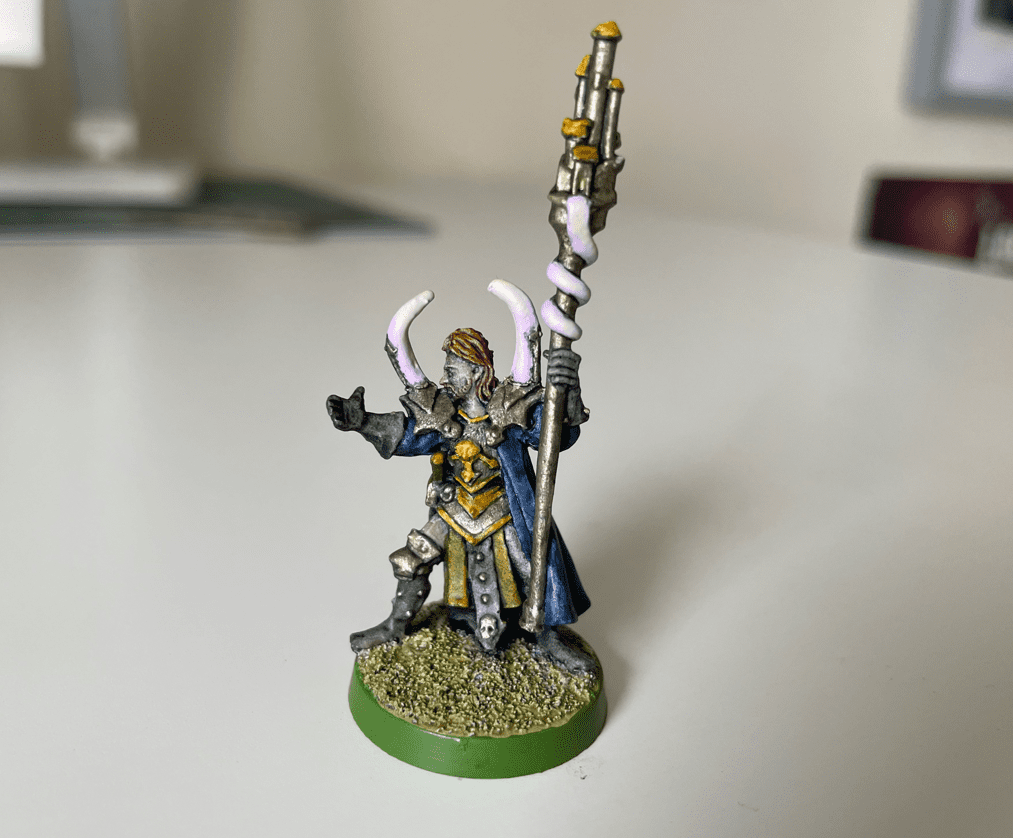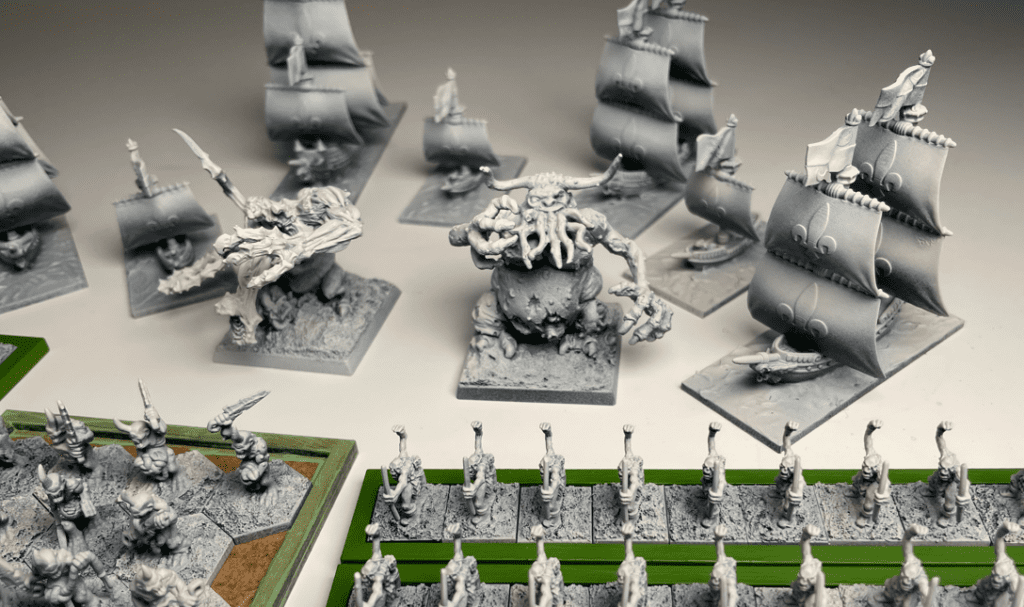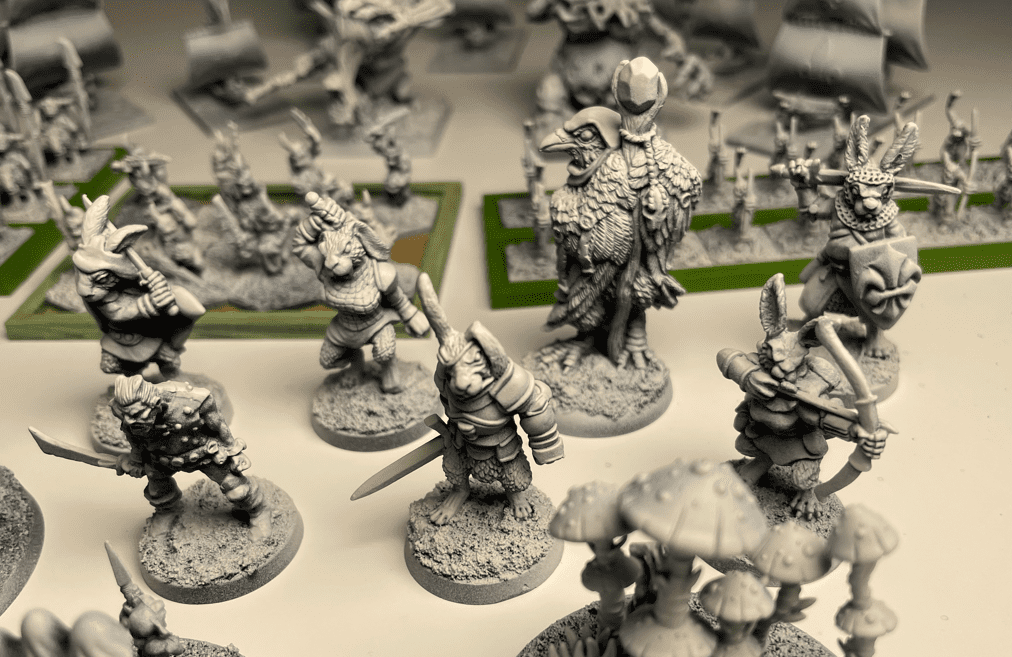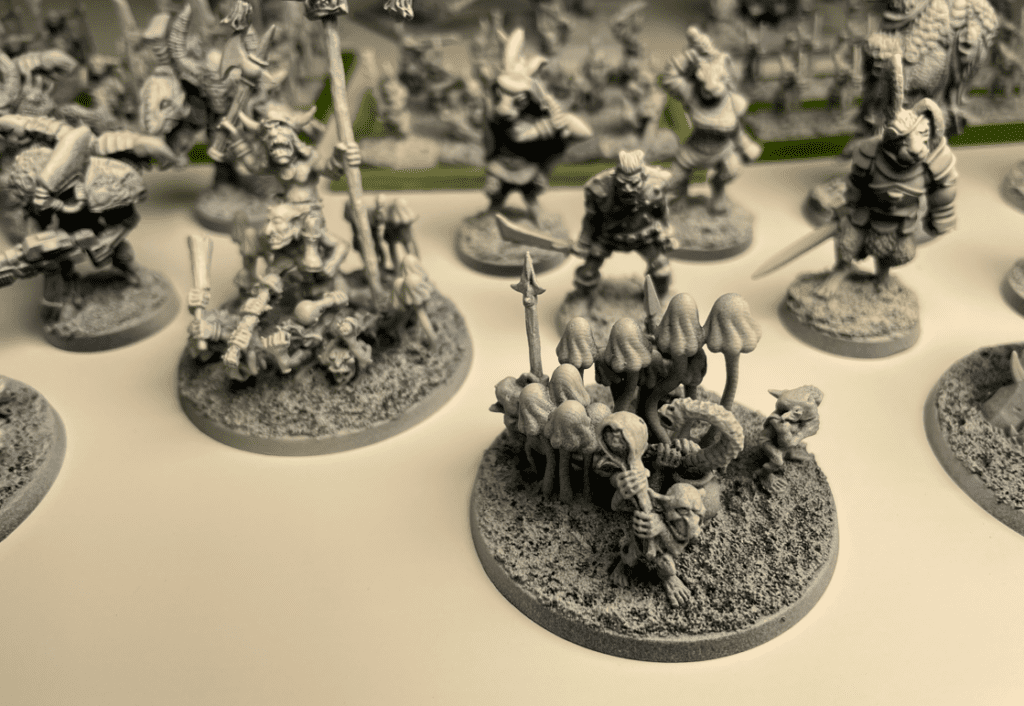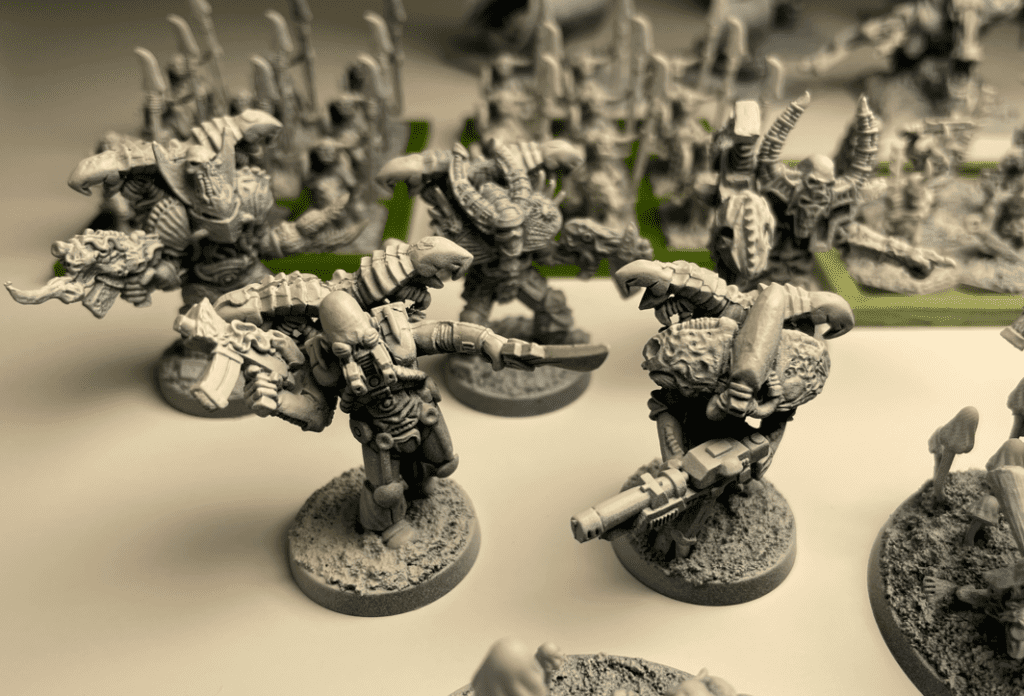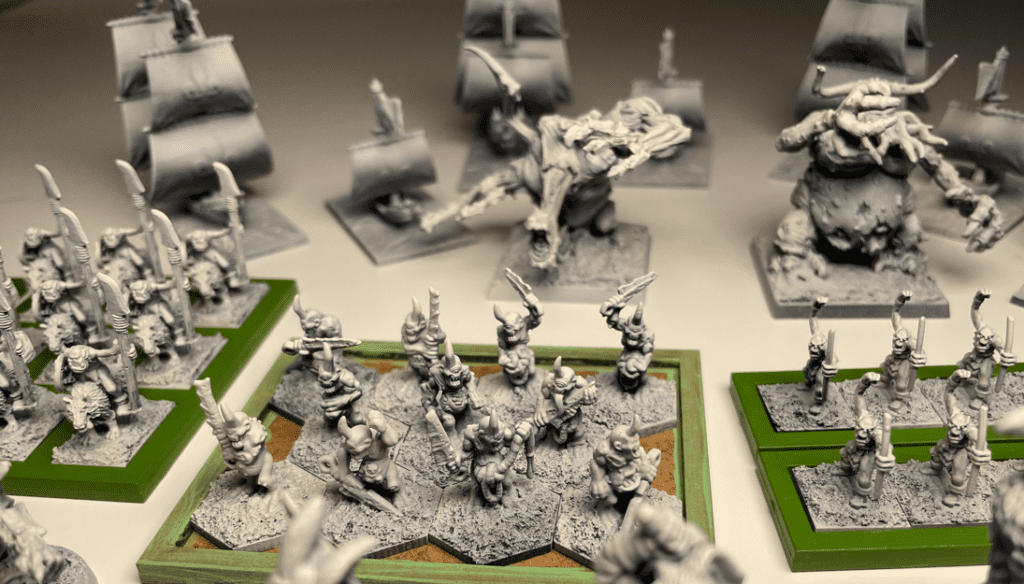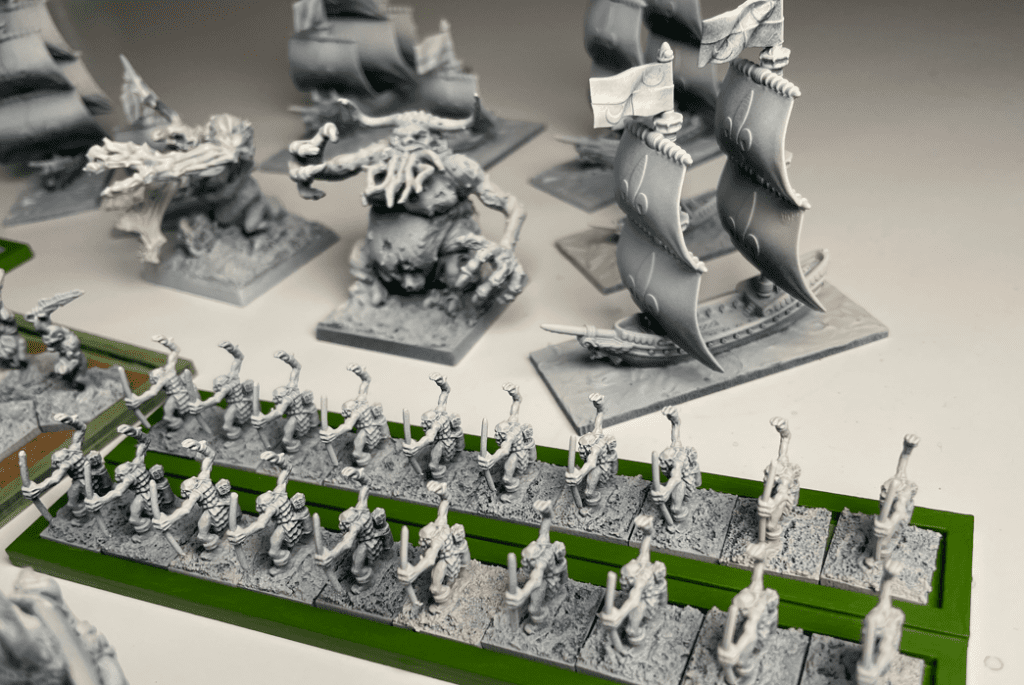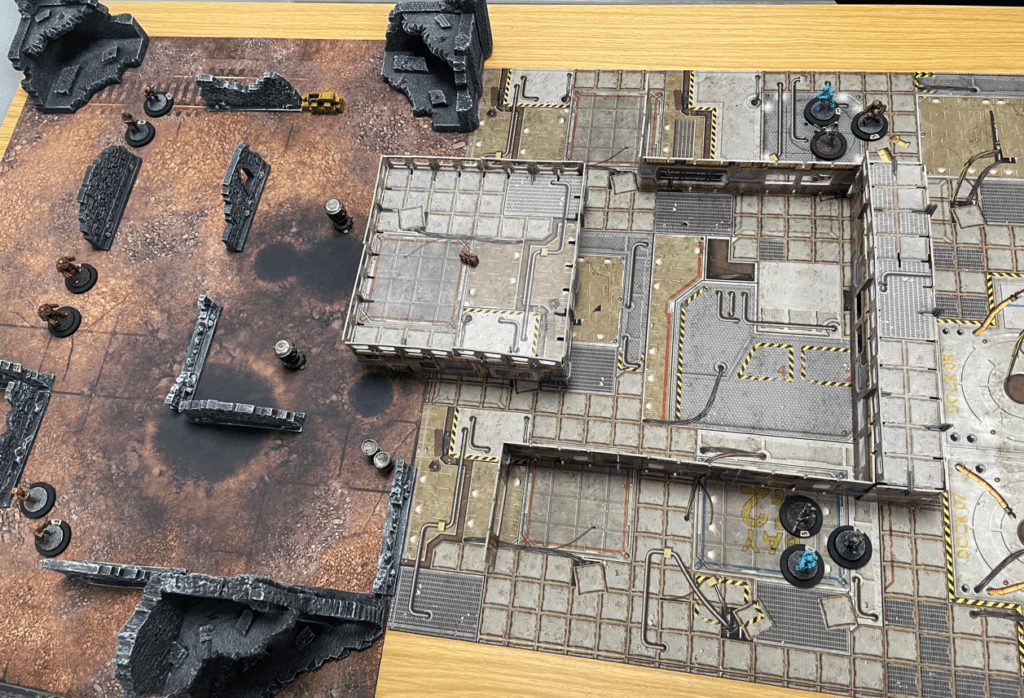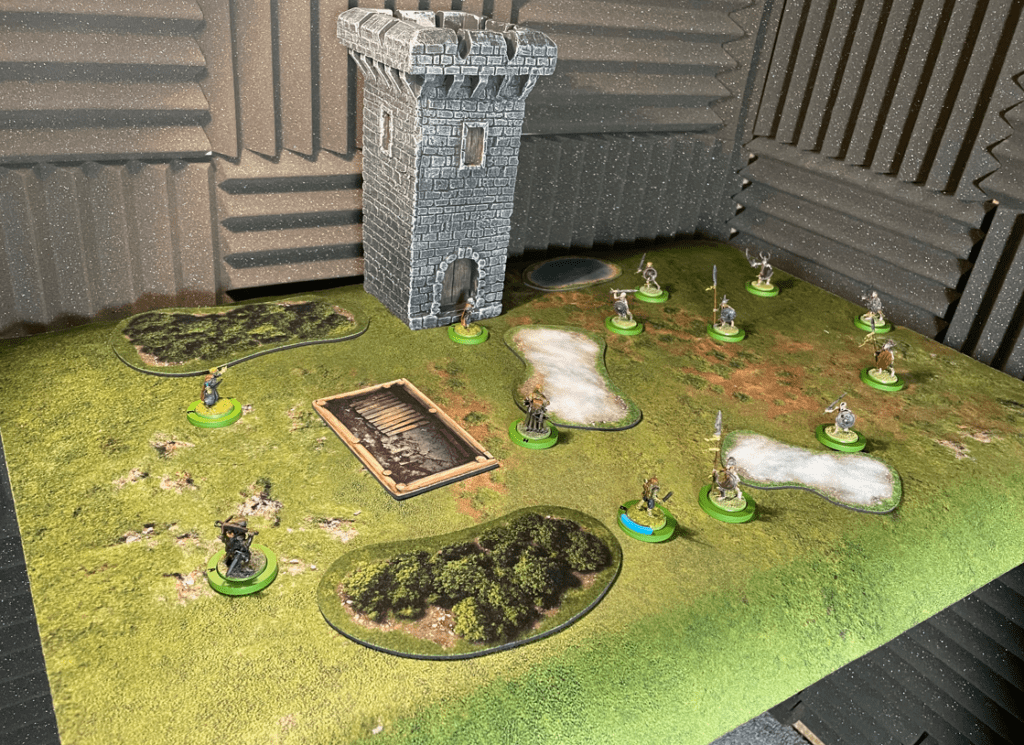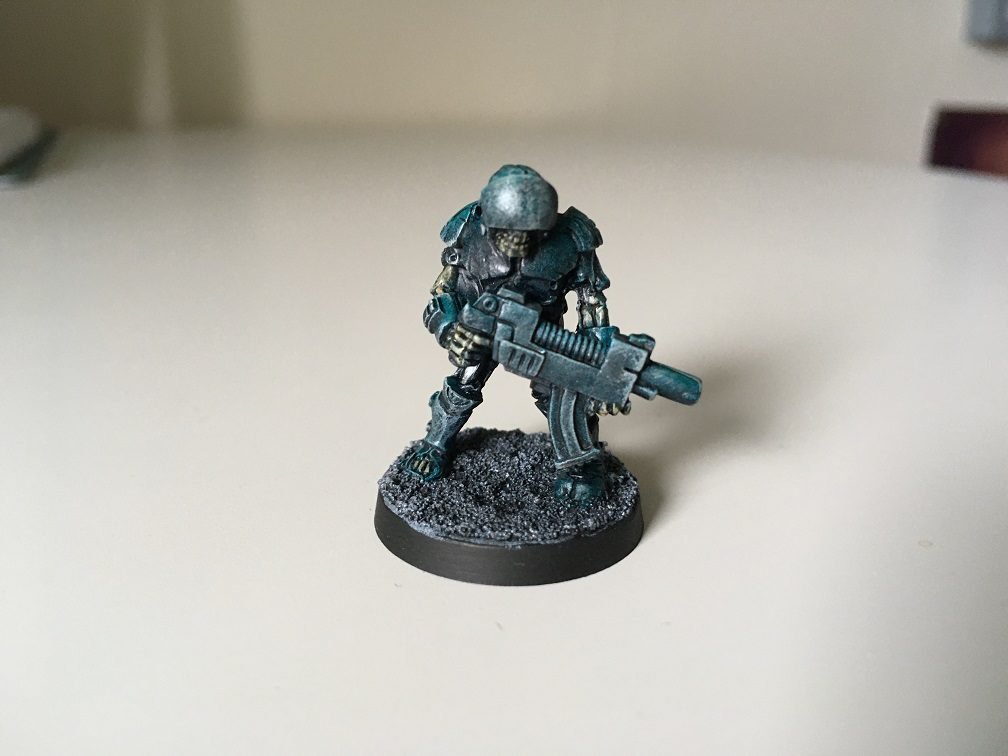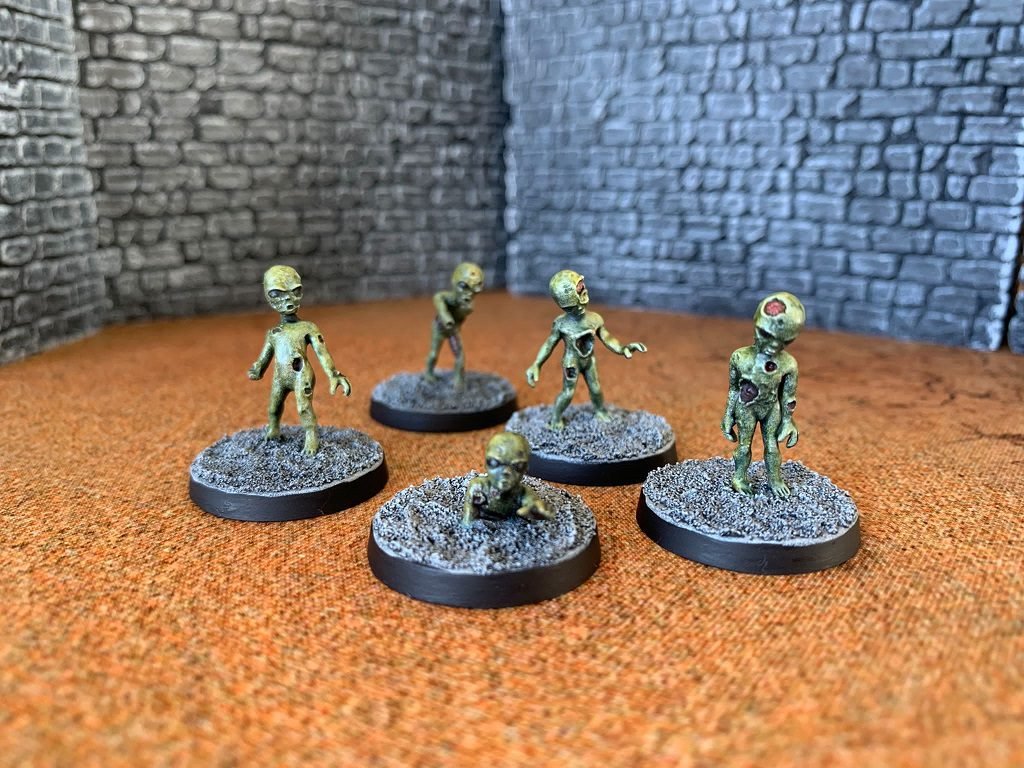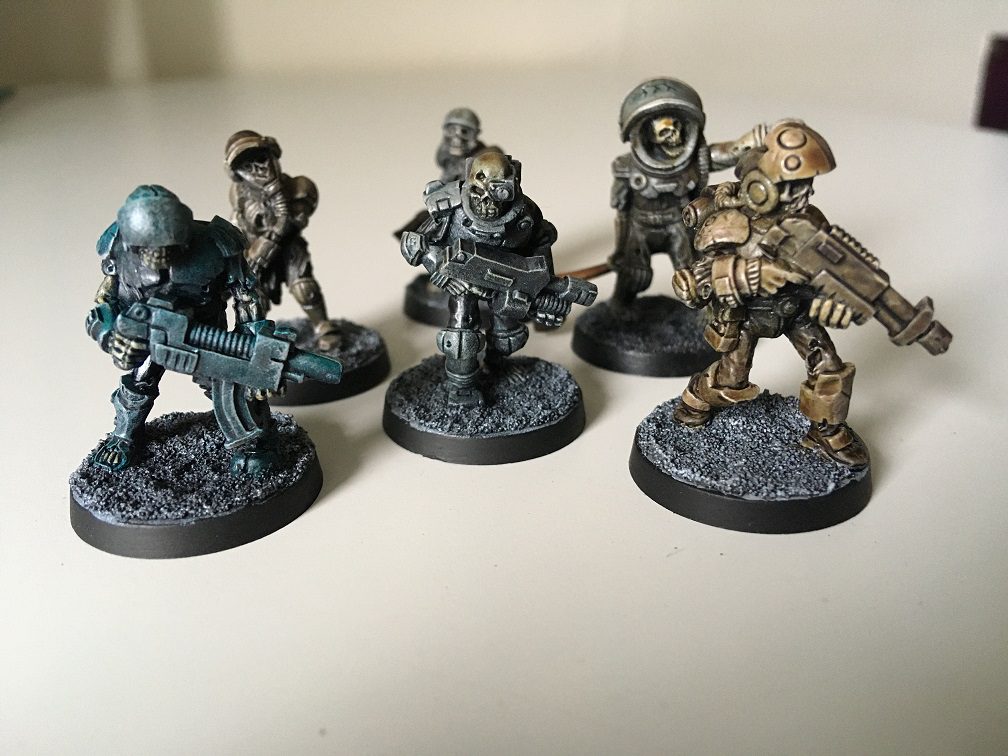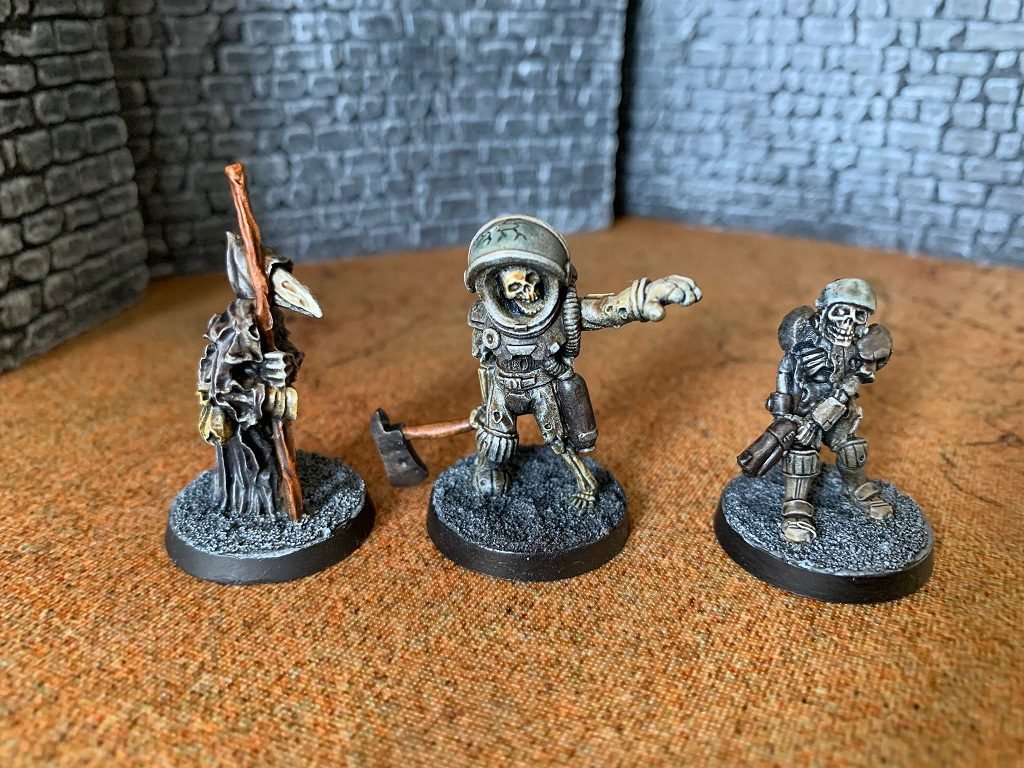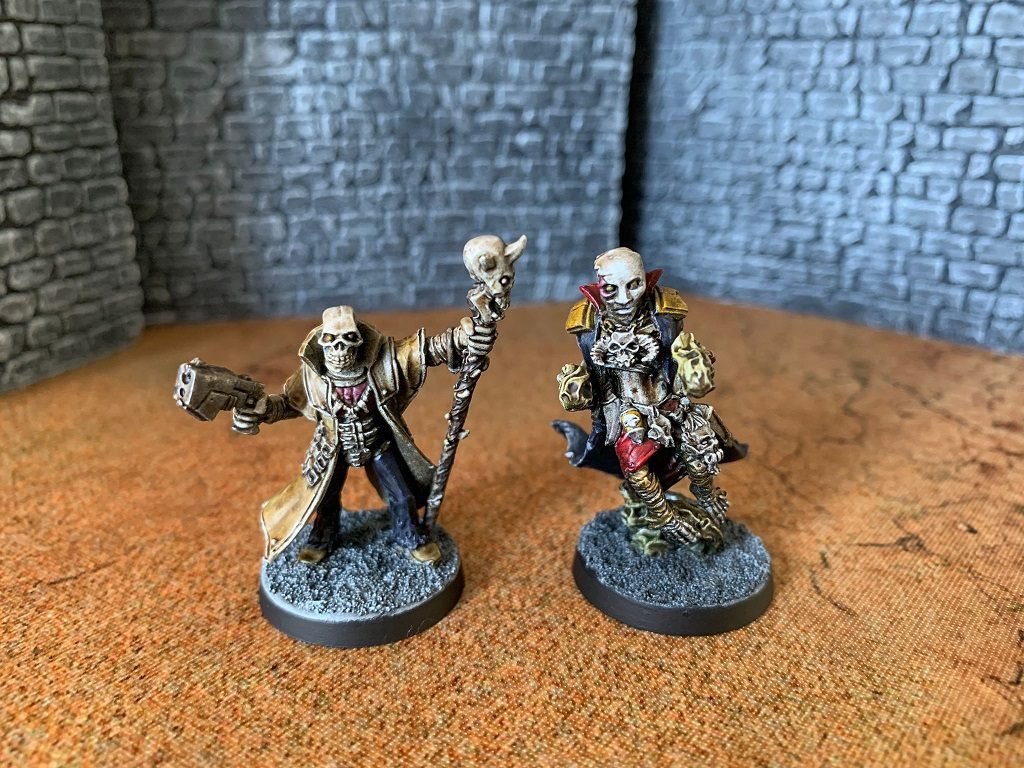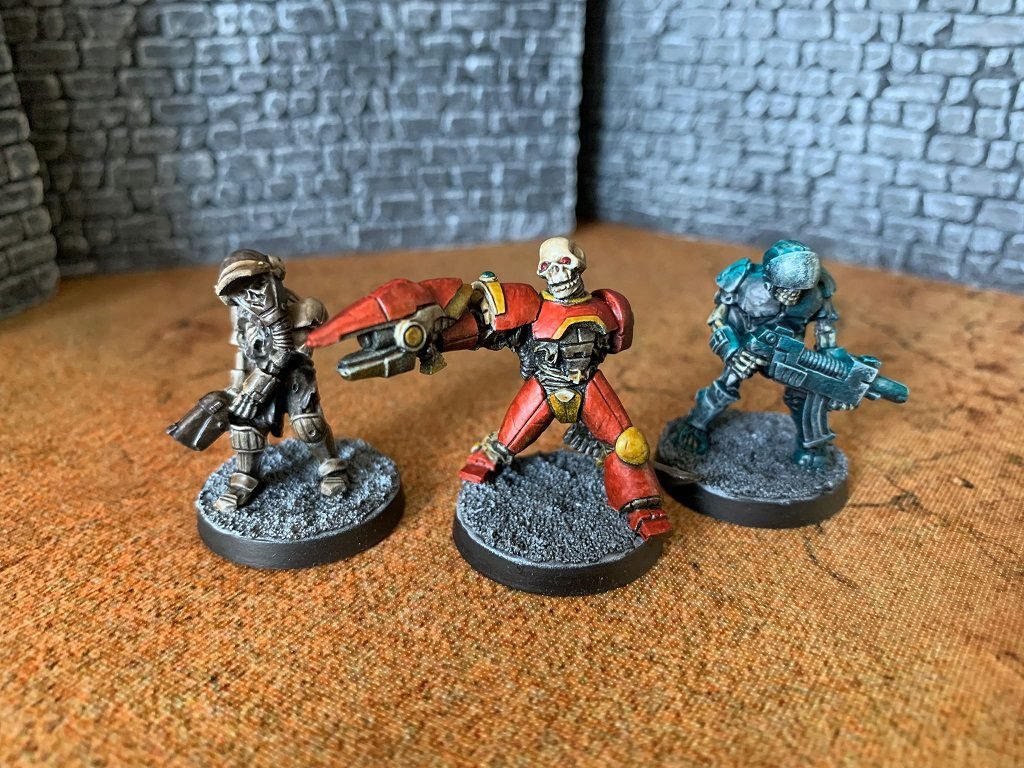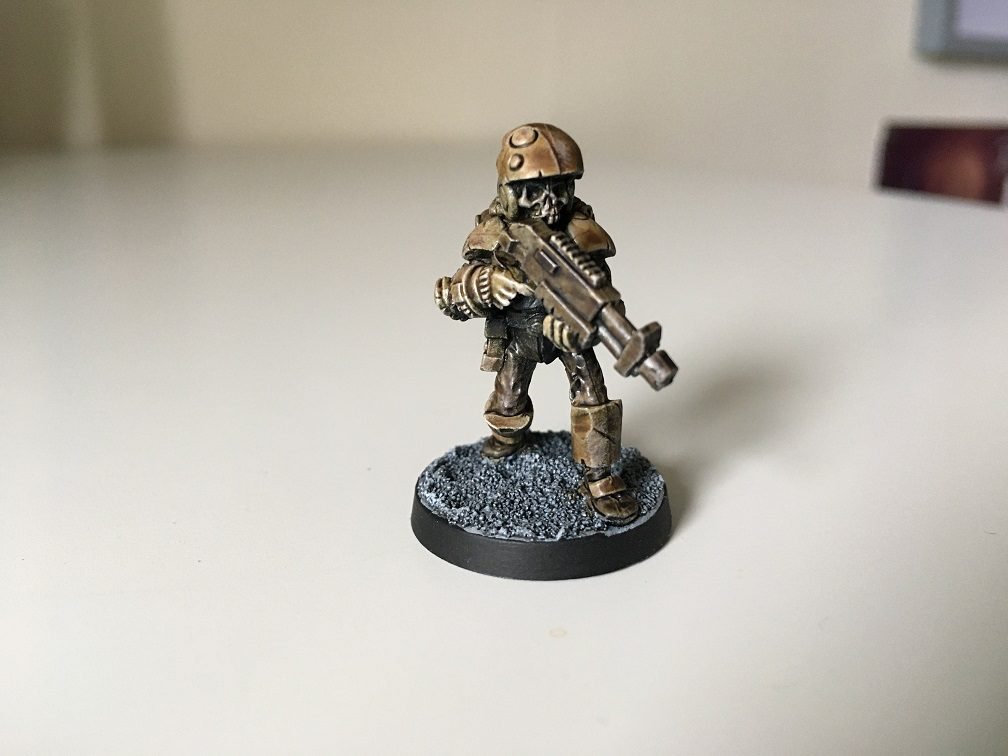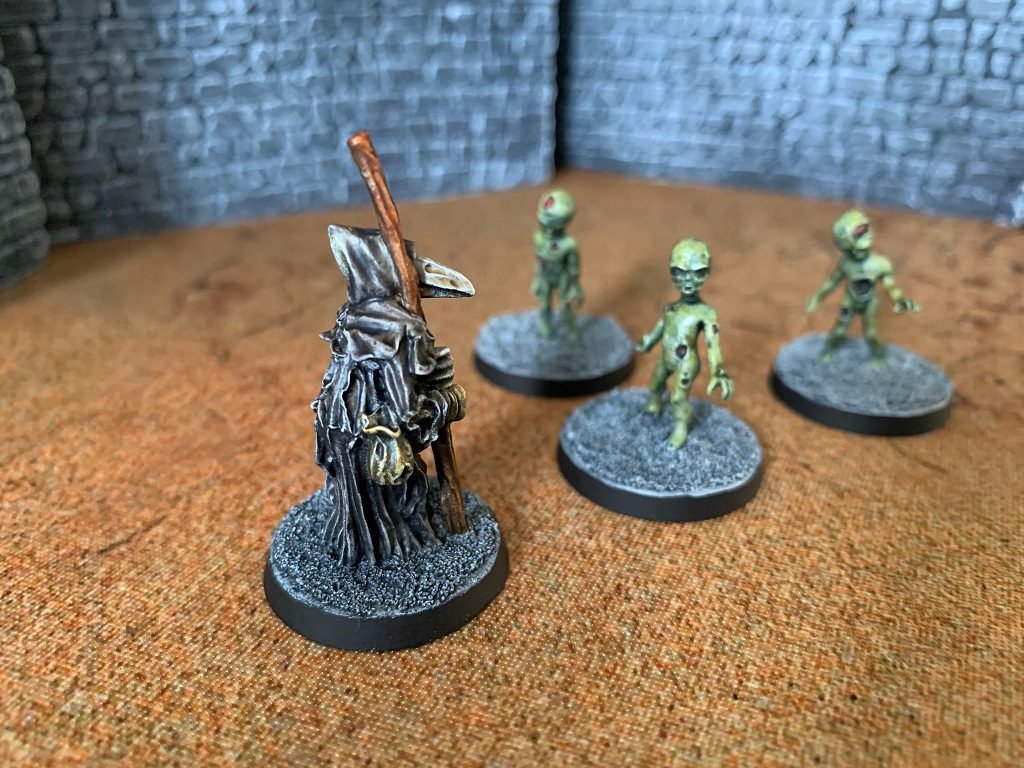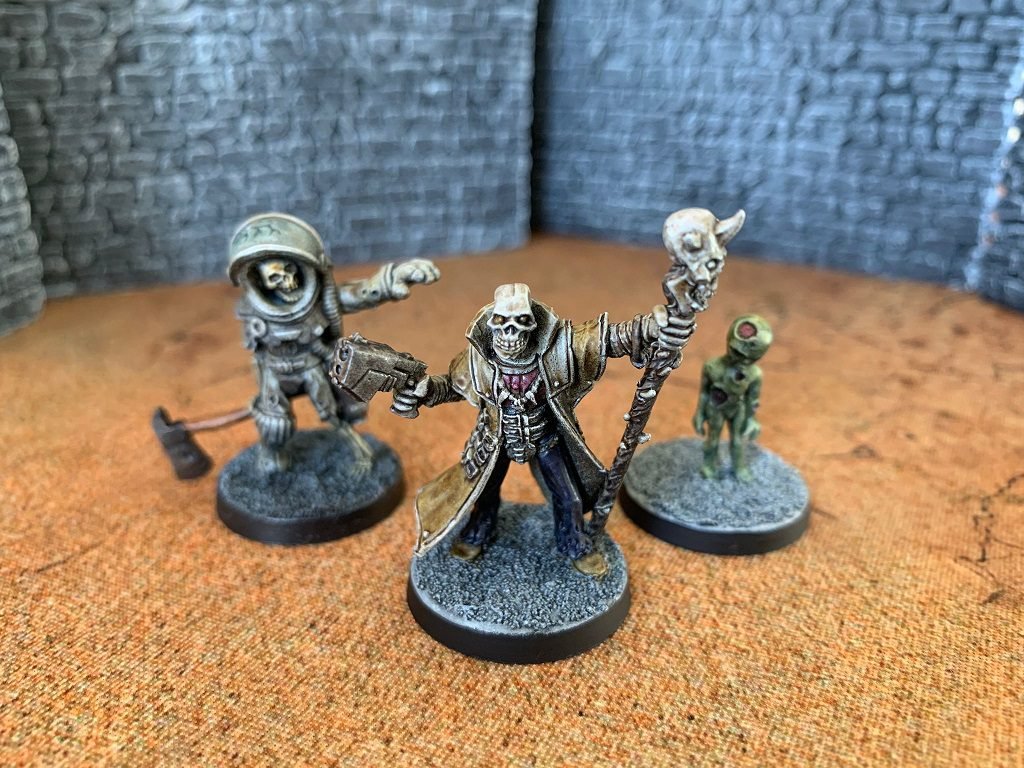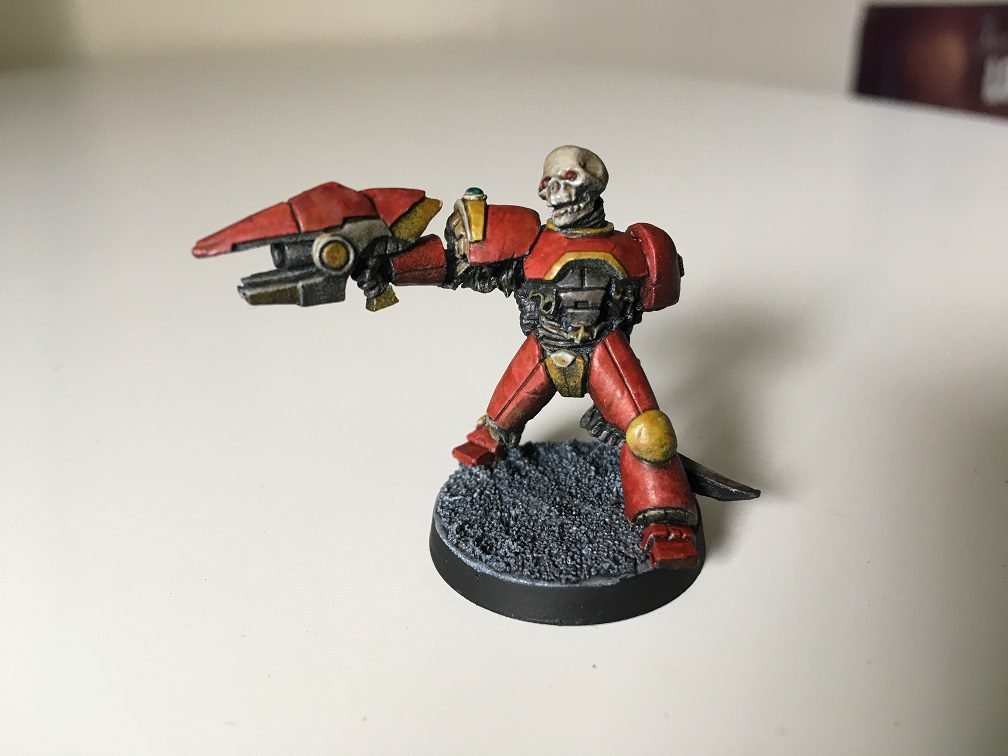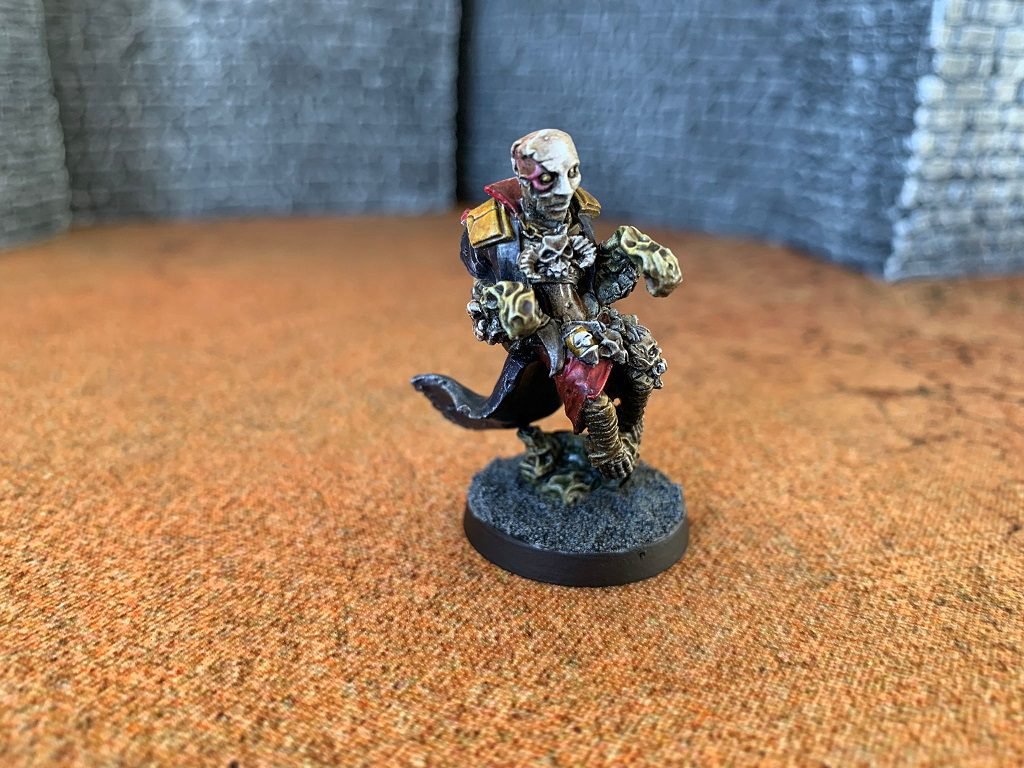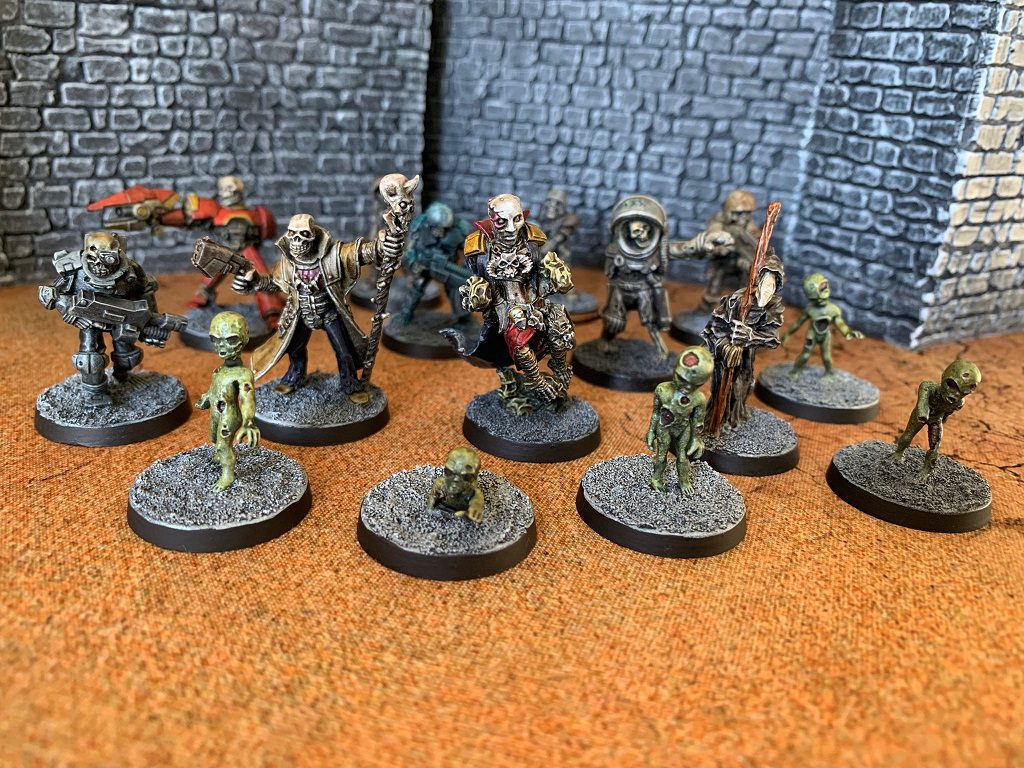When I started collecting in 15mm I told myself I’d be happy with two armies (good guys and bad guys), but there’s a real temptation to build out a Nurgle-Chaos force now.
My two almost completed armies are humans/dwarfs and orcs and goblins. The greenskins have some Chaos Warrior allies, and I now have a unit of 15mm plaguebearers in my collection.
I bought these on Etsy shortly after a member of our Discord community (thanks Dave!) very kindly offered to sell me a classic Great Unclean One miniature at a very generous price. I’d mentioned on the podcast that this was my all-time sought-after miniature, and after getting him through the post, it became apparent he’d work really well in 15mm scale.

So back to the 15mm plaguebearers, and these are fantastic little models printed to a very good quality. I’m no expert on 3D printing, but they don’t feel very fragile or breakable, either.

I had a rogue movement tray from Warbases because, in my infinite wisdom, I’d given them the wrong measurements on a past custom order. I also had some MDF hex bases I’d been using to playtest a little pen-and-paper game.
Glueing the plaguebearers to the hex bases worked well, enabling me to get 11 of them in a unit, and giving them more of a “mob” aesthetic, rather than being ranked up.


Continuing on the “no uniformity” theme, I used as many different contrast paints as I could on them.
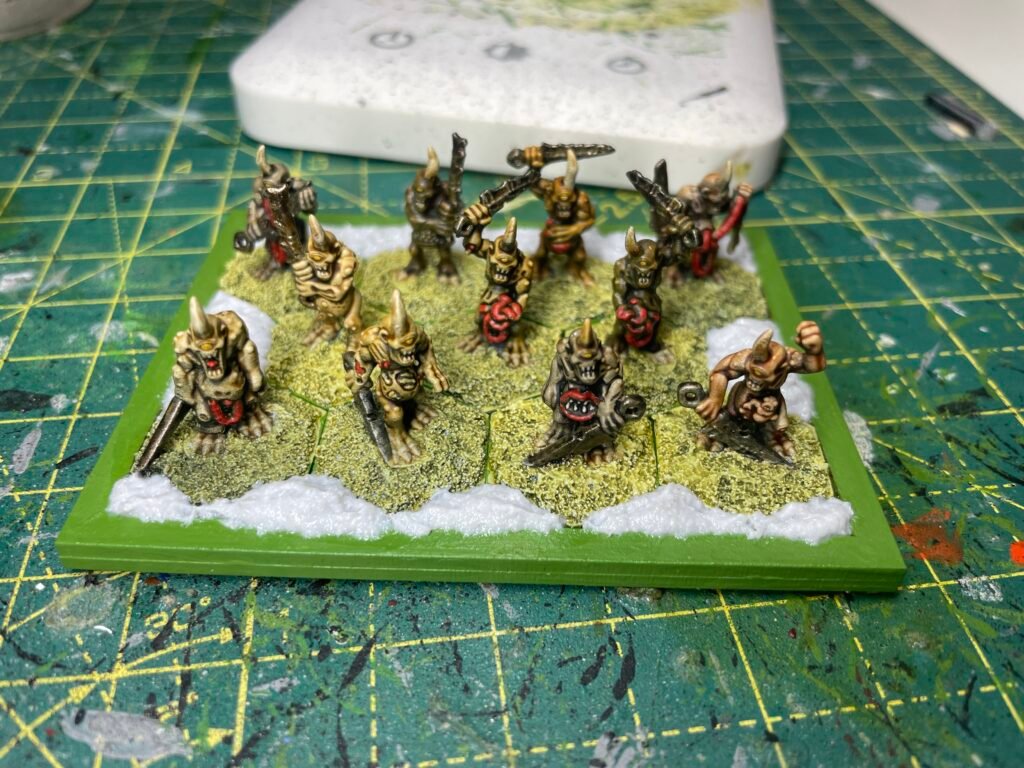
Then, I used my ground texture to fill in the edges of the movement tray.
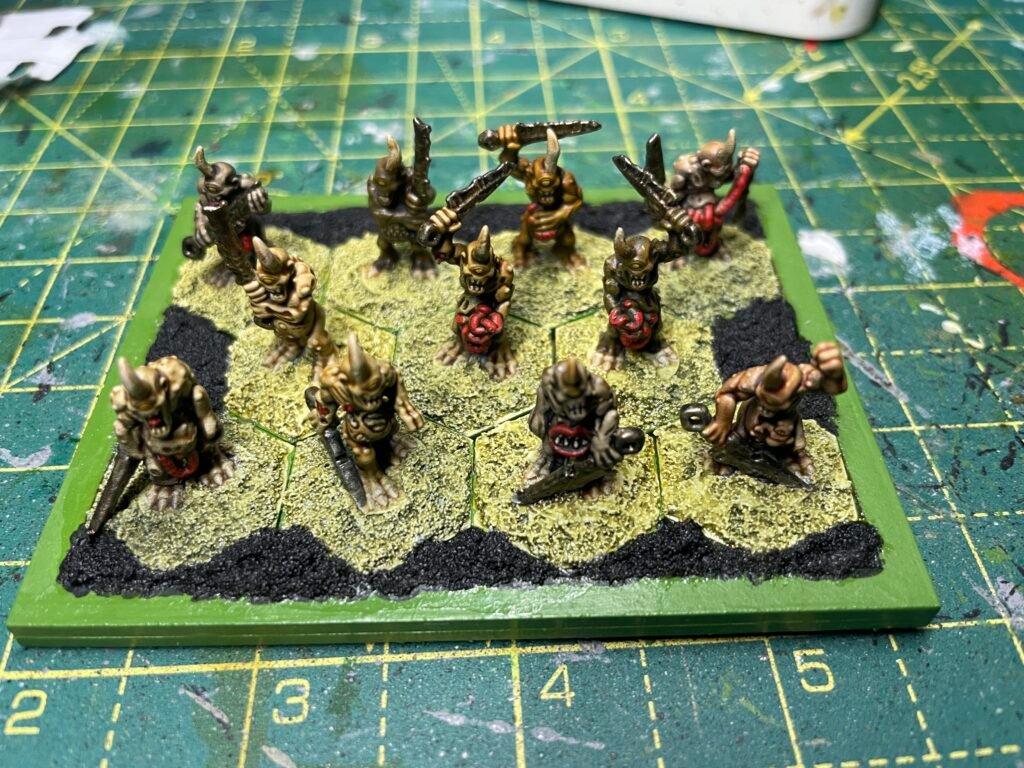

So there you are, my petite plaguebearers. I’m pretty chuffed with how they turned out, given that I didn’t really do that much to them. I suppose that’s a benefit of choosing Nurgle miniatures, and maybe a big reason why I might be in the market for more in this scale!












